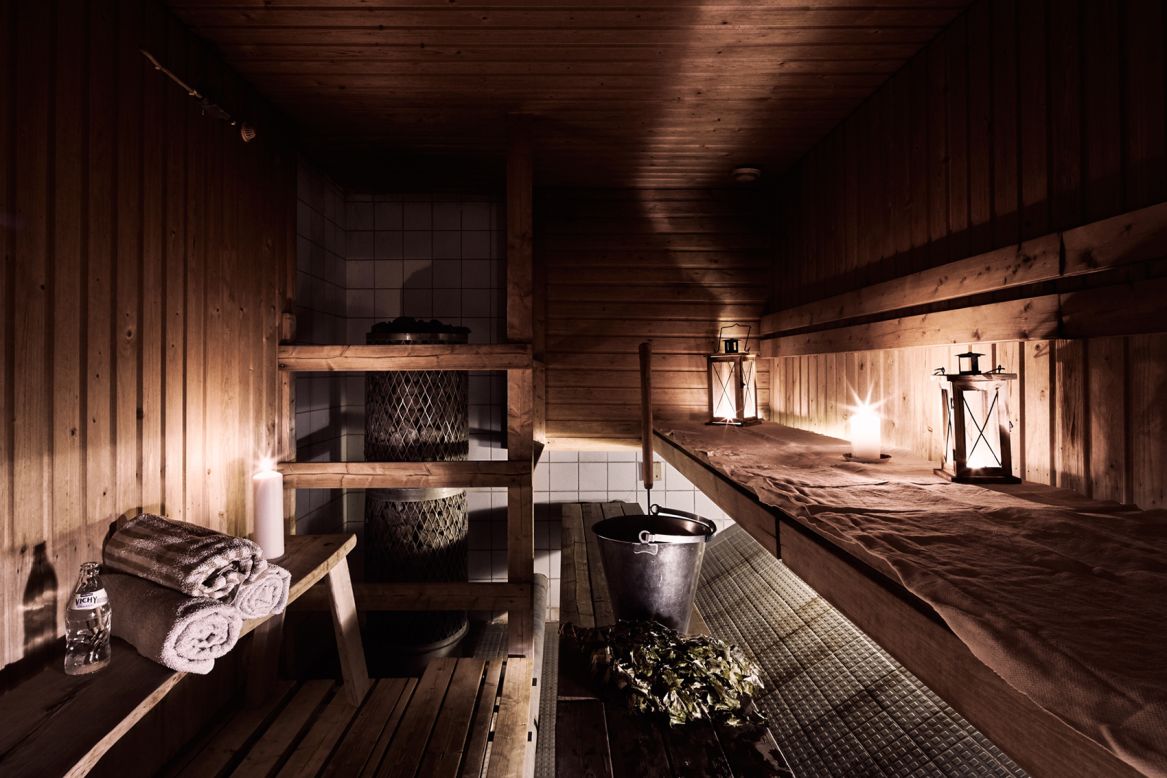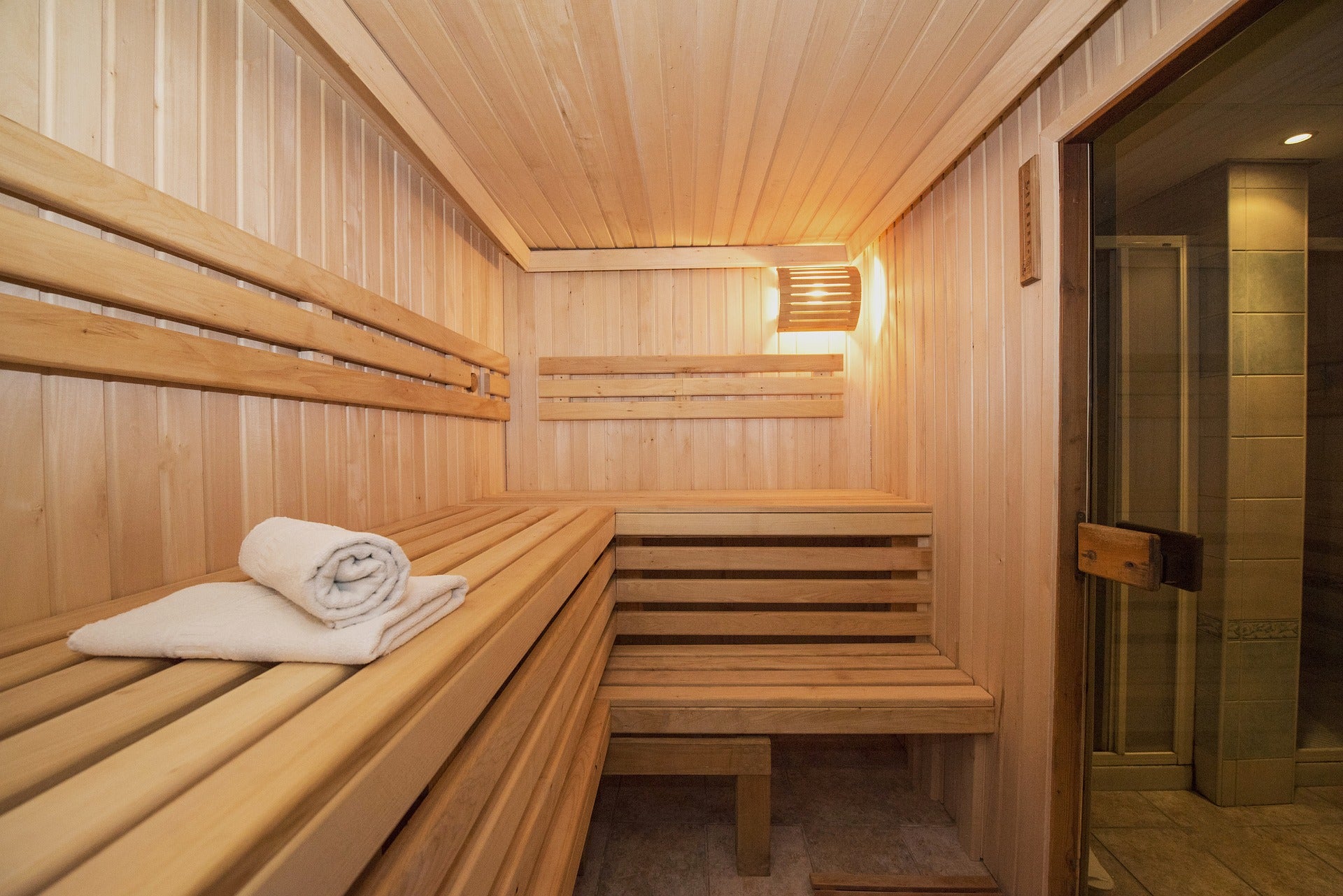A Biased View of Traditional Sauna
A Biased View of Traditional Sauna
Blog Article
The Best Guide To Traditional Sauna
Table of ContentsTraditional Sauna - QuestionsTraditional Sauna for BeginnersThings about Traditional SaunaThe Ultimate Guide To Traditional Sauna
Many of the weight shed in a sauna is water loss and is re-gained upon rehydrating. Nonetheless, undoubtedly sauna can be a vital part of a healthy weight loss program. To consider the distinctions in between typical and IR saunas, I will certainly divide these right into verifiable, theoretical, and made differences.Therefore, the best point in the saunawhich is at the ceiling directly over the sauna heateris typically between 185 and 190 F. Traditional Sauna. Claims that a standard sauna goes beyond 200 F is merely not real and not relevant for electrical saunas sold in the United States. The temperature level for a far-infrared sauna is usually established in between 120 and 140 F; however, unlike the standard sauna, the goal in and IR room is not to achieve a heat
Due to the fact that of this, the temperature level difference is virtually irrelevant, because profuse sweating results in both sauna kinds, but the approach of heating up the body is different. In an IR sauna the bather will feel warm and will certainly sweat profusely, yet at a lot reduced temperature levels. Therefore, if the objective is to spend longer amount of times in the sauna, the IR sauna is a good selection.

4 Simple Techniques For Traditional Sauna
When the high temperature level is achieved, the elements cycle on and off to maintain the high temperature. Many standard sauna customers delight in pouring water over the rocks to create heavy steam to increase sauna humidity levels. The benefits of putting water over the rocks include: making the space much more comfortable, moistening the nasal flows, and enabling the usage of aromatherapy by mixing necessary oils with the water.
In a far-infrared sauna, the warm front permeate the body to successfully heat up the body and raise the body core temperature. To achieve this boosted temperature level, Far-infrared emitters produce infrared power which is close to the exact same wavelength as that which the body normally emitsoften referred to as the "Essential Range" of 7 to 14 microns), so the power is well received by the body.
When the power gets in the body, it causes the body temperature to increase and eventually leads to sweating. In an infrared sauna it's essential for the emitters/heaters to remain on virtually constantly. Since there is no mass of rocks to retain warmth, the sauna will certainly cool down if the emitters closed off.
As pointed out above, the sauna bather in an infrared area intends to position himself in front of running emitters to obtain maximum benefit from the heat. The home heating time for both spaces can be extremely various, depending upon how the areas are utilized. For a traditional sauna, a bather should permit 30-40 minutes for the room to achieve a desired temperature level and to appropriately pre-heat the rocks.
A Biased View of Traditional Sauna
A well built sauna will generally accomplish a temperature of 150-160 F in regarding 30-40 minutes (Traditional Sauna). For hotter temperature levels, the room may require to heat for a longer duration. When the room accomplishes established temperature, the heater will certainly cycle on and off, generally running Home Page concerning 50% of the time. The protected wall surfaces and the heated rocks will maintain the space warm and at secure temperatures.
To some, 15 mins was "squandered" while the infrared energy heated up the timber panels instead of heating a body, while others find a pre-heated space to be a lot more comfy and believe a raised starting temperature is essential to start sweating. The length of advised use for every room is roughly the exact same (10-15 mins per session); nonetheless, due to the lower air temperatures and the capability to really feel the effects of infrared warmth faster than a typical sauna, it is not unusual for an individual to invest a total amount of 20-30 mins in an infrared sauna.
Conventional saunas have a tendency to be bigger (for this reason utilize more power) than infrared saunas, although look at this website typical saunas are absolutely offered in one and 2 individual sizes as well. For a two-person conventional sauna, 5x6 or 5x7 size is most preferred. The leading bench can easily seat two or three people and is additionally long sufficient to rest throughout the sauna session.


The typical price per kWH of electrical power in the U.S. is about $0.11, so a 4.5 kW heating system will set you back around $.50 to compete one hour, if the heating unit runs continually for one hour. Generally a sauna heater will certainly run for 75% of the initial hour and 50% of subsequent hours on because the elements cycle once the established temperature is attained.
The Facts About Traditional Sauna Uncovered
A two person far-infrared area is typically physically smaller sized than a conventional sauna, frequently regarding 4' x 4' or smaller sized. The IR heater is normally 1.5-1.7 kW utilizing a 120 volt 15 amp plug-in solution. Given click reference that the room can be utilized earlier than a sauna area, we will presume the space is utilized for to of an hour including warm up time.
Finally, there is a seldom gone over difference in the social experience between the 2 spaces. While our culture has lost some of the social benefit of the typical sauna experience, it can be very socially rewarding. From family time in the sauna, to heart-felt conversations with better halves, to sauna partiesthe conventional sauna experience can lead to intimate mingling.
Most higher end infrared spaces consist of tinted light treatment, noise systems and full-glass fronts.
Report this page